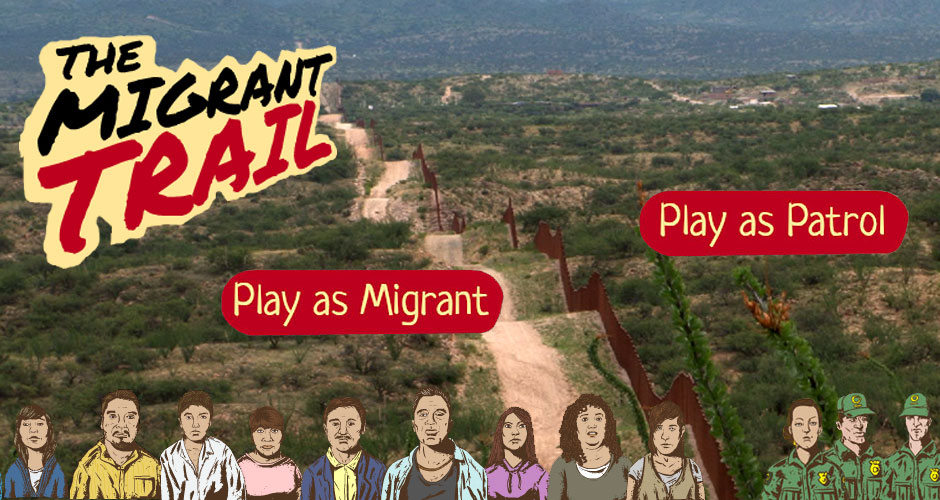These days "podcast" is a very common word, however I did not exactly know what it was until I watched Podcasting in Plain English. I can definitely understand why podcasting would be so incredibly useful not only to those who are learning English but for anyone learning a language. Podcasts are essentially mini lessons/lectures that one can download and listen to whenever they want and repeat it as often as they wish.
 After doing a little bit of podcast "snooping" on the world wide web. I found a short, but useful podcast called "Making Soups and Stews" which teachers could definitely use to help their students meet standards especially Standard-ESL.C.9-12.2 which states, "Students will listen, speak, read, and write in English for literary response, enjoyment, and expression."
After doing a little bit of podcast "snooping" on the world wide web. I found a short, but useful podcast called "Making Soups and Stews" which teachers could definitely use to help their students meet standards especially Standard-ESL.C.9-12.2 which states, "Students will listen, speak, read, and write in English for literary response, enjoyment, and expression."
The reason this podcast stood out to me than all of the others was because I absolutely love food and I really love cooking. If I were an ESL student this podcast would definitely help me to better my English so that I can use it for both enjoyment and expression.
 After doing a little bit of podcast "snooping" on the world wide web. I found a short, but useful podcast called "Making Soups and Stews" which teachers could definitely use to help their students meet standards especially Standard-ESL.C.9-12.2 which states, "Students will listen, speak, read, and write in English for literary response, enjoyment, and expression."
After doing a little bit of podcast "snooping" on the world wide web. I found a short, but useful podcast called "Making Soups and Stews" which teachers could definitely use to help their students meet standards especially Standard-ESL.C.9-12.2 which states, "Students will listen, speak, read, and write in English for literary response, enjoyment, and expression."The reason this podcast stood out to me than all of the others was because I absolutely love food and I really love cooking. If I were an ESL student this podcast would definitely help me to better my English so that I can use it for both enjoyment and expression.




















